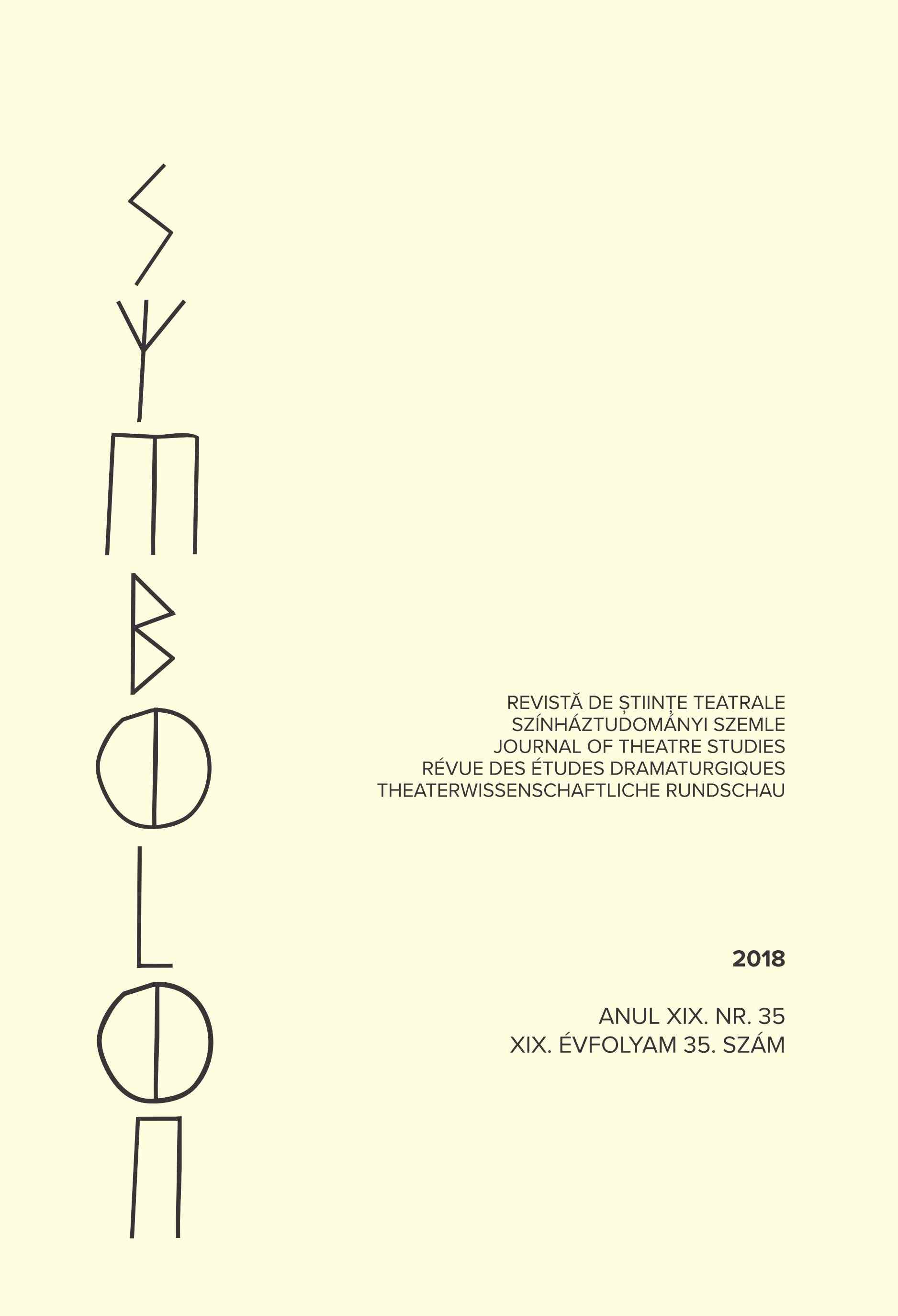Valențe estetice și potențialul teatrului în contextul Marii Uniri
Aesthetic Features and the Potential of Theatre in the Context of the Great Union
Author(s): Sabin SabadoșSubject(s): Theatre, Dance, Performing Arts
Published by: UArtPress - Editura Universității de Arte din Tîrgu Mureş - A Marosvásárhelyi Művészeti Egyetem Kiadója
Keywords: theatre; identity; generation; Romanian studies; Europeanism;
Summary/Abstract: In the context of the Great Union (1918), the Romanian political and social landscape created a series of new challenges to which the theater could not remain indifferent. One of these was to overcome the discrepancies and cultural contrasts generated in, and from the newly joined territories in order to form a single national identity, strong enough to be noticed on the European stage. - Theater, whose direct relationship with society was becoming stronger and more obvious, responded to this challenge with enthusiasm. With an outstanding dynamic, the theatre of the first half of the 20th century, substantially contributed, in social and cultural terms, to the cohesion and homogenization of Romanian society as a whole. For the ”Generation of the Great Union”, the strengthening of the national identity was the main theme of interest in this period in which they seek to give the Romanian people a new direction and a new ideal. In addition to the (re) theatricalization offensive and to the processes of Europeanization, decentralization and deprovincialization, we are witnessing also a kind of metamorphosis of the theater in this period, to the extent that, from the instrument of cohesion and homogenization of the masses, it (re) becomes a means of spiritual enrichment thus fulfilling one of its functions.
Journal: SYMBOLON
- Issue Year: XIX/2018
- Issue No: 35
- Page Range: 17-25
- Page Count: 9
- Language: Romanian

